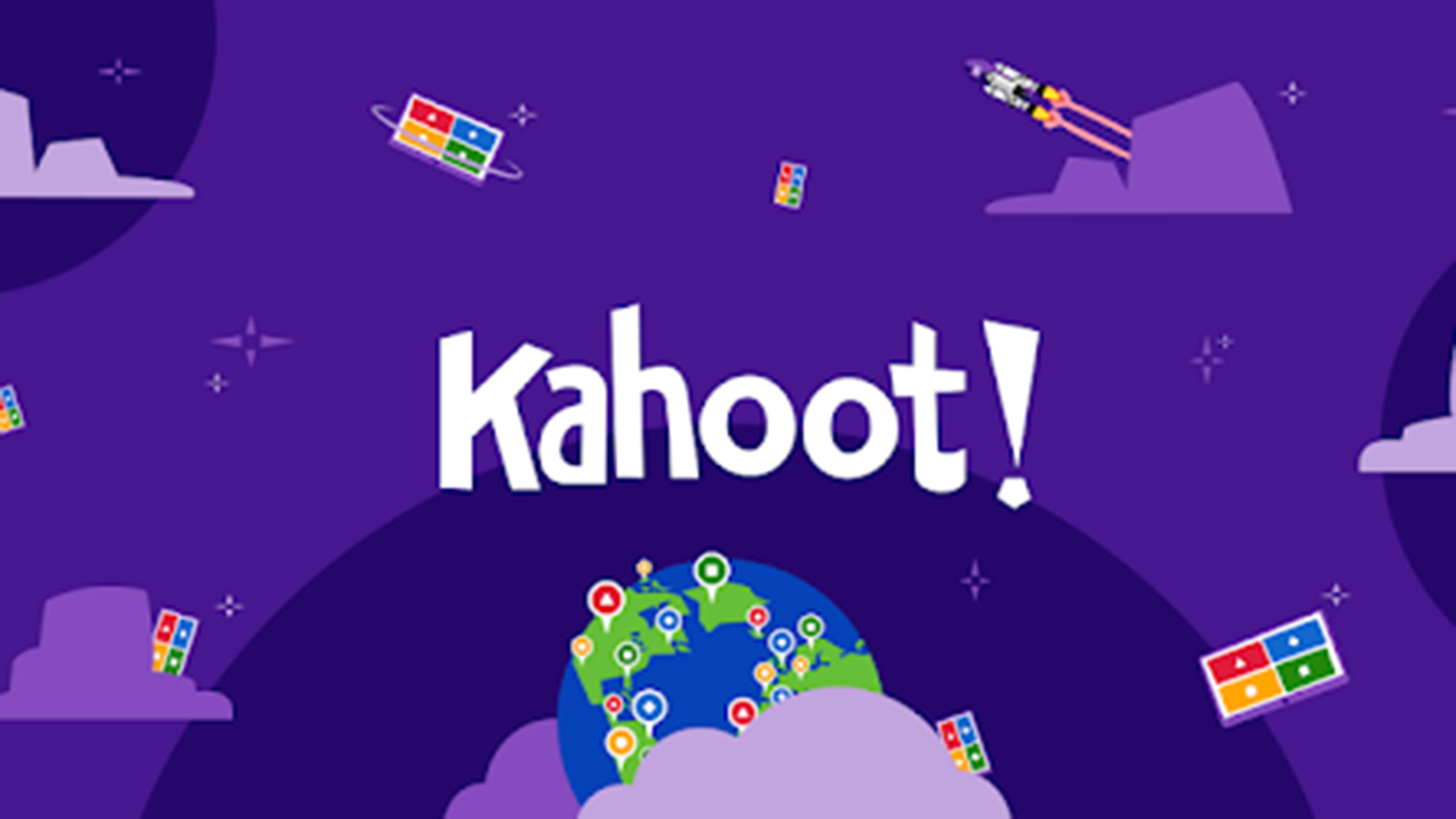Kahoot! Lesson Plan for Elementary Grades
This Kahoot! Lesson Plan is designed to help educators implement the digital tool into their instruction

The game-based learning platform Kahoot! is an exciting technology tool that can be incorporated into any lesson plan.
For an overview of Kahoot! and some of the general ways teachers can use it in the classroom, check out “What is Kahoot! And How Does it Work for Teachers.”
Below is a sample elementary-level lesson plan that is focused on mathematics, a subject area that many students may not be looking forward to. Thankfully, the game-based nature, upbeat music, and interactive components of Kahoot! will endear all students to engage in the lesson, which will result in more learning for them -- our ultimate goal as teachers.
Subject: Mathematics (Geometry)
Topic: Geometric Shapes
Grade Band: Elementary
Learning Objectives:
Tools and ideas to transform education. Sign up below.
At the end of the lesson, students will be able to:
- Identify the different geometric shapes
- Define the attributes of different geometric shapes
Starter
Using the “blind” Kahoot! feature, you can create a kahoot to introduce the topic of geometric shapes. On the homepage of your Kahoot! page you will see in the upper right hand corner a button that says “Create.” Click on that and select the “Introduce topics with a ‘Blind’ kahoot” option.
For this lesson, your starter question could be: What are the names of different shapes?
You can also import PowerPoint, Keynote, and PDF slides with a question and/or shapes already there. If you need inspiration on a starter question, Kahoot! offers a question bank.
Teacher Modeling
After the starter question, you can move on to the part of the lesson in which you explain concepts and demonstrate for students. Kahoot! has the ability to incorporate slides with content for that.
Your slides could show students different geometric shapes (triangle, circle, rectangle, eclipse, cube, pentagon, cone, parallelogram, hexagon, octagon, trapezoid, rhombus, etc.). Choose which shapes and how many to focus on based on your students’ levels. Other slides can focus on the attributes of geometric shapes, such as the number of sides each has, whether sides are equal or parallel, and the degree of each shape’s angles.
Between slides you can incorporate polling questions to make sure that students are keeping up with the lesson, or use word cloud questions so you can capture students’ thoughts about the topic.
Guided Practice
This is the time when you can have the traditional Kahoot! experience. Using a combination of multiple choice, true or false, open-ended, and/or puzzle question types, you can go through a series of questions in which you review the content on geometric shapes while gaining a barometer of where students are in understanding the concepts. Students will also be able to earn points. This will make a much more exciting alternative to completing a practice worksheet. And, as you go through each question, you can pause to explain and elaborate as needed.
Extended Learning
After the students have gone through the Kahoot! lesson, you can provide them with the opportunity to create their own kahoots on geometric shapes. Kahoot! calls this “Learners to Leaders” pedagogy and it’s a great way for students to demonstrate their learning in an exciting way with their peers. If you are using Google Classroom, students can use their accounts to log into Kahoot! to make their own kahoots. If not, students can sign-up for a free basic account.
How Will Students See the Lesson Using Kahoot!?
To carry out the lesson in a physical classroom, you can simply open your interactive kahoot with slides and display it on your classroom projector and screen. For online courses, you can use an online conferencing tool such as Google Meet, Microsoft Teams, Zoom, or whatever option your school’s learning management system (LMS) has available, and put your interactive kahoot with slides there. You can also use one of these conferencing tool options for simultaneous learning when you have students who are physically in front of you and online at the same time, so everyone can participate.
Troubleshooting Tips & Tricks
The answer choices for a kahoot are in the form of shapes and colors pairings (red triangle, gold circle, blue diamond, and green square). If your students experience technical difficulties and you do not have time to stop the lesson and address it, have back up printed red triangles, gold circles, blue diamonds, and green squares so that students can hold up their answer choices and still participate in the learning experience.
Using Kahoot! to introduce students to new topics, engage them in the lesson, and provide the opportunity to demonstrate their knowledge by creating their own kahoots is sure to make for an exciting learning experience.
While this lesson focused on geometric shapes, what is great about Kahoot! is the ability to use it across all K-12 grade bands and subject areas. We hope you will give Kahoot! a try as you develop your next innovative lesson!
Dr. Stephanie Smith Budhai is an associate professor of education at Neumann University in Pennsylvania, holding a Ph.D. in Learning Technologies from Drexel University. Dr. Budhai has more than a decade of online teaching experience, and has published myriad books, articles, and invited editorials surrounding the use of technology and online learning in education. Her publications include:
- Teaching the 4Cs with Technology
- Best Practices in Engaging Online Learners through Active and Experiential Learning Strategies
- Nurturing Young Innovators: Cultivating Creativity in the Classroom, Home and Community
- Online and Engaged: Innovative Student Affairs Practices for Online Learners.
- Increasing Engagement in Online Learning: Quick Reference Guide
Dr. Stephanie Smith Budhai is faculty member in the College of Education and Human Development at the University of Delaware, focusing on Educational Technology, Learning Design, and Justice-centered Pedagogies. She holds two national education technology leadership positions on the Information Technology Council and as Chair of the Culture and Climate Committee for the Society for Information Technology and Teacher Education (SITE). She holds a Ph.D. in Learning Technologies, and a M.S. in Information with a specialization in Library and Information Science, and K-12 teaching certifications in Technology Education, Instructional Technology and Business, Computers, Information Technology, Special Education and Elementary Education. Dr. Smith Budhai is the 2021 SITE Emerging Leader and the 2017 ISTE Awardee for Excellence in Teacher Education. She is also a Nearpod, and VoiceThread Certified Educator. Dr. Smith Budhai has more than a decade of online teaching experience, and has published myriad books (two have been translated into Arabic), articles, and invited editorials surrounding the use of technology and online learning in education. A few of her book publications include:
- Critical AI in K-12 Classrooms: A Practical Guide for Cultivating Justice and Joy
- Best Practices in Engaging Online Learners through Active and Experiential Learning Strategies
- Leveraging Digital Tools to Assess Student Learning
- Nurturing Young Innovators: Cultivating Creativity in the Classroom, Home and Community
- Increasing Engagement in Online Learning: Quick Reference Guide
